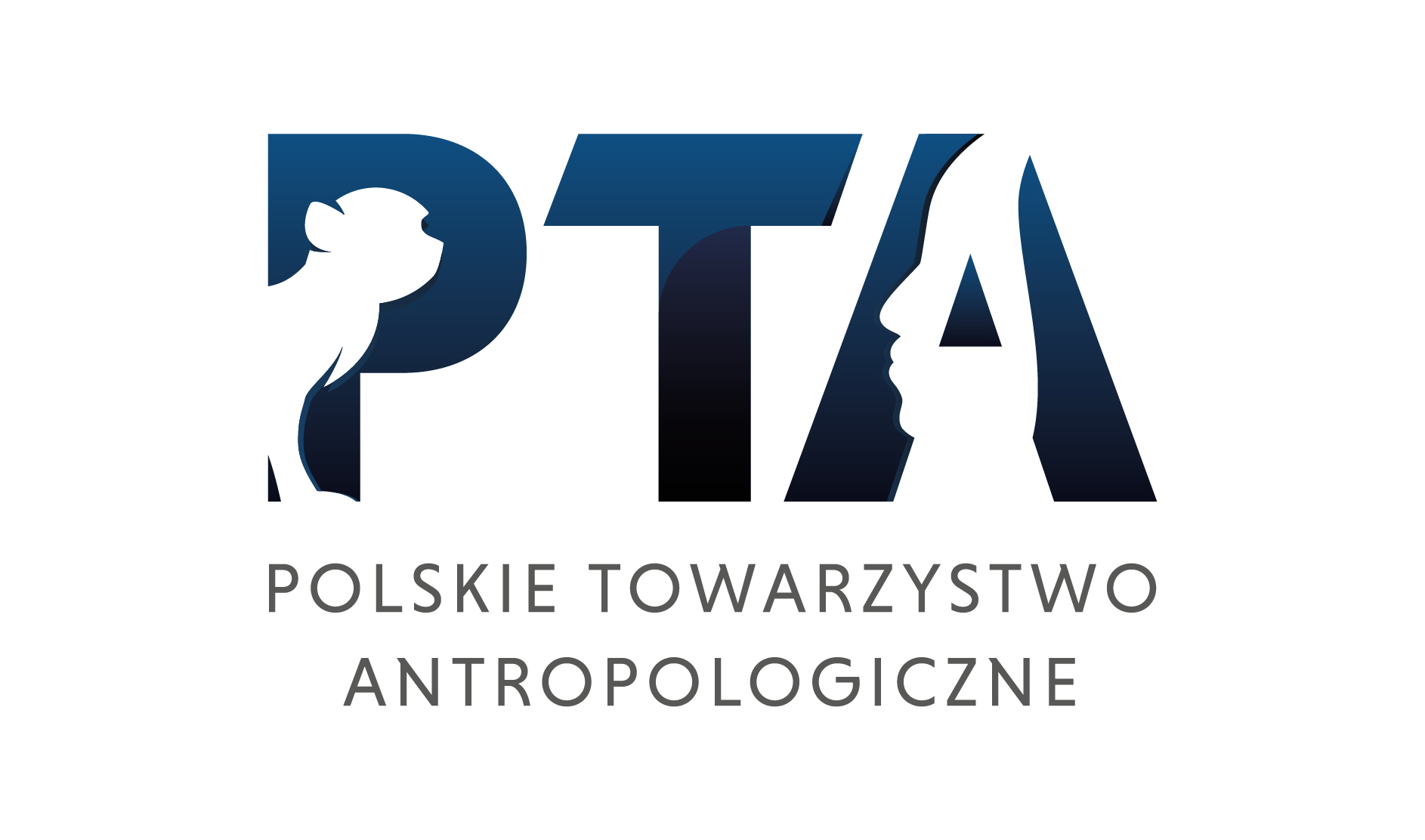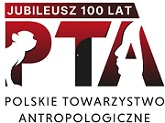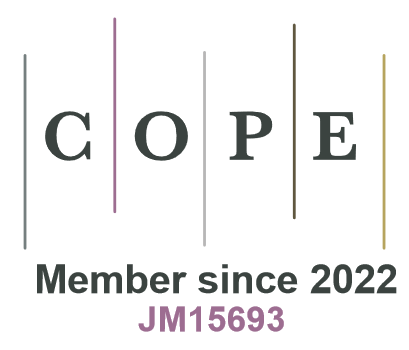Investigating human diversity in the twenty-first century
DOI:
https://doi.org/10.2478/anre-2020-0024Keywords:
human differences, race, genetic variation, ancestral populationsAbstract
In recent years, there has been renewed academic and public debate on the topic of race. The present essay compares two books dealing with this subject. Charles Murray’s Human Diversity states that the social sciences are permeated by a rigid orthodoxy that puts unnecessary strain on researchers working on sex differences, race differences, and individual differences. Far from being scary, Murray argues, these differences are interesting and can be lived with. Adam Rutherford’s How to Argue With a Racist examines various claims with respect to race. It includes four sections dedicated, respectively, to skin color, ancestry, sport, and intelligence. The essay assesses the authors’ factual claims as well as their tone, their general mindset, and their personal attitude toward science.
Downloads
References
Ball P. 2020. The gene delusion. New Statesman, 10 June. Available at https://www.newstatesman.com/class-race-genetics-science-human-diversity-charles-murray-review
View in Google Scholar
Barbaro N. 2020. Thoughts on Human Diversity. Nicolebarbaro.com, 23 February. Available at https://nicolebarbaro.com/2020/02/23/thoughts-on-human-diversity/
View in Google Scholar
Cassirer E. 1946. The Myth of the State. New Haven – London: Yale University Press.
View in Google Scholar
Coop G., Eisen M.B., Nielsen R., Przeworski M., Rosenberg N. 2014. Letters: “A Troublesome Inheritance.” Stanford University, Center for Computational, Evolutionary and Human Genomics. Available at https://cehg.stanford.edu/letter-from-population-geneticists
View in Google Scholar
Dawkins R., Wong Y. 2016. The Ancestor’s Tale: A Pilgrimage to the Dawn of Evolution. Boston – New York: Mariner Books.
View in Google Scholar
Edwards A.W.F. 2003. Human genetic diversity: Lewontin’s fallacy. BioEssays 25(8):798–801.
View in Google Scholar
Entine J. 2000. Taboo: Why Black Athletes Dominate Sports and Why We’re Afraid to Talk About It. New York: Public Affairs.
View in Google Scholar
La Vie des Idées. 2014. Interpréter la diversité humaine. Entretien avec Bertrand Jordan. Available at https://www.laviedesidees.fr/Interpreter-la-diversite-humaine.html
View in Google Scholar
Lewontin R.C. 1972. The Apportionment of Human Diversity. Evol Biol 6:381–98.
View in Google Scholar
Li J.Z., Absher D.M., Tang H. et al. 2008. Worldwide Human Relationships Inferred from Genome-Wide Patterns of Variation. Science 319(5866):1100–4.
View in Google Scholar
Lubinski D., Benbow C.P., Kell H.J. 2014. Life Paths and Accomplishments of Mathematically Precocious Males and Females Four Decades Later. Psychol Sci 25(12):2217–32.
View in Google Scholar
Murray C. 2020. Human Diversity: The Biology of Gender, Race, and Class. New York: Twelve.
View in Google Scholar
Rutherford A. 2017. A Brief History of Everyone Who Ever Lived. New York: The Experiment.
View in Google Scholar
Rutherford A. 2020. How to Argue With a Racist: History, Science, Race and Reality. London: Weinfeld & Nicholson.
View in Google Scholar
te Nijenhuis J., van der Flier. 2014. Is the Flynn effect on g? A meta-analysis. Intelligence 41: 802–7.
View in Google Scholar
Wade N. 2014. A Troublesome Inheritance. New York: The Penguin Press.
View in Google Scholar
Wilby P. 2016. Beyond the Flynn effect: new myths about race, family and IQ? The Guardian, 27 September. Available at https://www.theguardian.com/education/2016/sep/27/james-flynn-race-iqmyths-does-your-family-make-you-smarter
View in Google Scholar
Xing J., Watkins W.S., Shlien A. et al. 2010. Toward a More Uniform Sampling of Human Genetic Diversity: A Survey of Worldwide Populations by High-Density Genotyping. Genomics 96(4):199–210.
View in Google Scholar
Downloads
Published
How to Cite
Issue
Section
License

This work is licensed under a Creative Commons Attribution-NonCommercial-NoDerivatives 4.0 International License.








